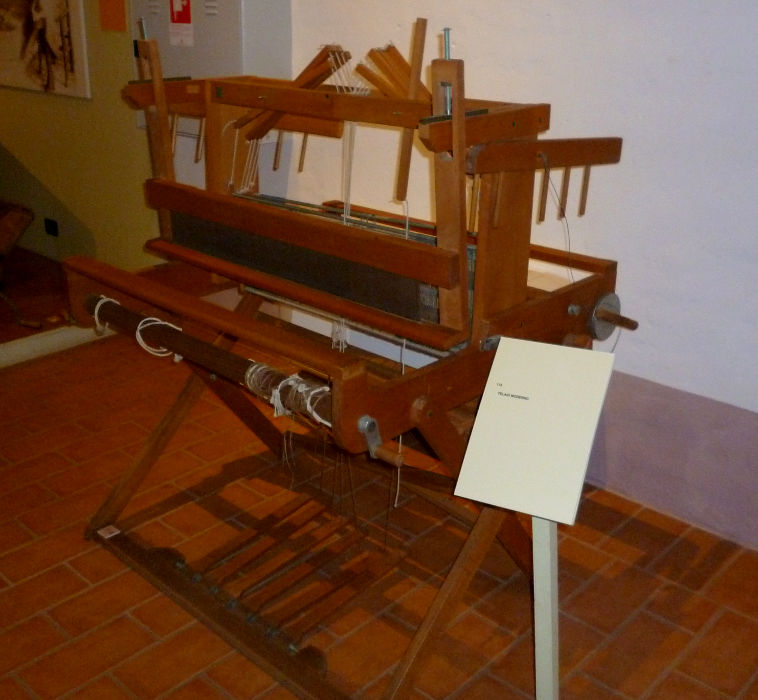 borgo-italiaspecial report |


|
|
| the abbey of Santa Maria delle Carceri (Carceri (PD) - Veneto) |
| text by: borgo-italia [only desktop] - photo by: Massimo Zani |




































 borgo-italiaspecial report |


|
|
| the abbey of Santa Maria delle Carceri (Carceri (PD) - Veneto) |
| text by: borgo-italia [only desktop] - photo by: Massimo Zani |







































|
|
|||||||||||||||||||||||||||||||||||||||||
the abbey of Santa Maria delle Carceri |
|||||||||||||||||||||||||||||||||||||||||
|
This time our friend Massimo takes us to visit a splendid abbey ,actually a former abbey, maintained in fair condition by the maintenance works of volunteers who provide also for its opening to public. So we invite you to visit it for its cultural, artistic and historical value and also as an appreciation for the volunteers who dedicate part of their time for conservation of our heritages. Without their precious contribution (unfortunately often disregarded or even opposed) many of our heritages would be lost. In the interior of the abbey there is an interesting Rural Life Museum |
|||||||||||||||||||||||||||||||||||||||||
|
|||||||||||||||||||||||||||||||||||||||||
|
A bit of history: For more info: Thanks to our friend Massimo for the permission of publishing his images |
|||||||||||||||||||||||||||||||||||||||||
|
text by: borgo-italia [only desktop] photo by: Massimo Zani Veneto 4 - release date: 2018-11-25 |
|||||||||||||||||||||||||||||||||||||||||